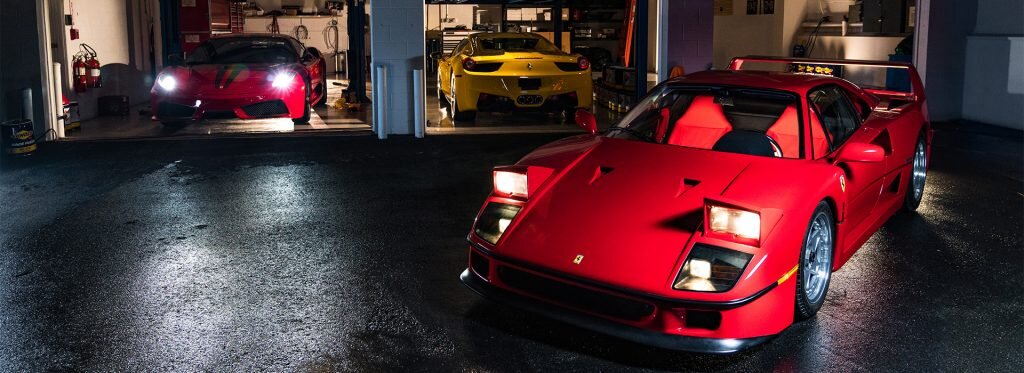2003 Ferrari "Enzo"
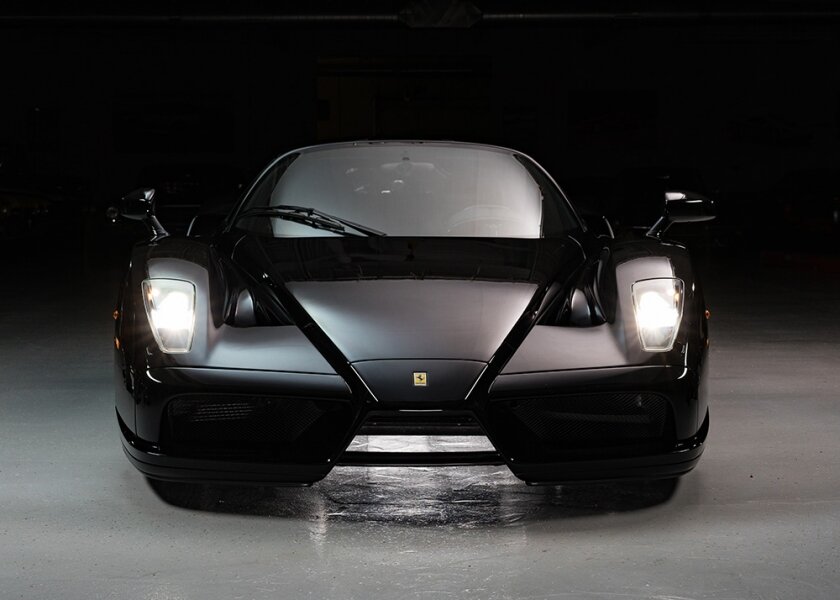
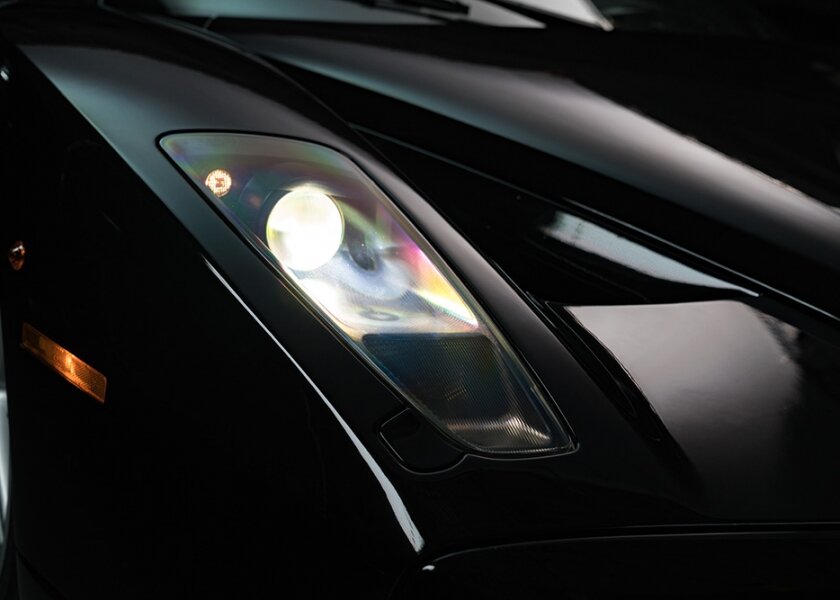
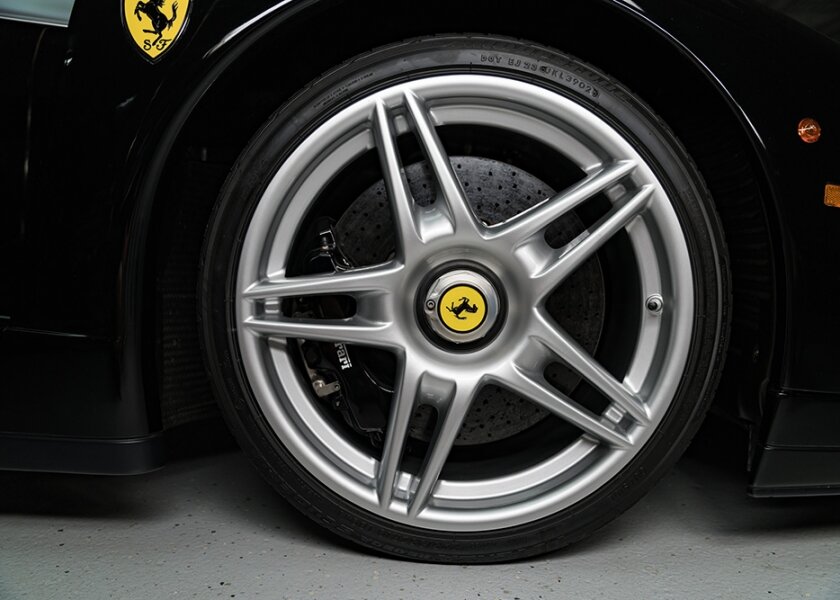
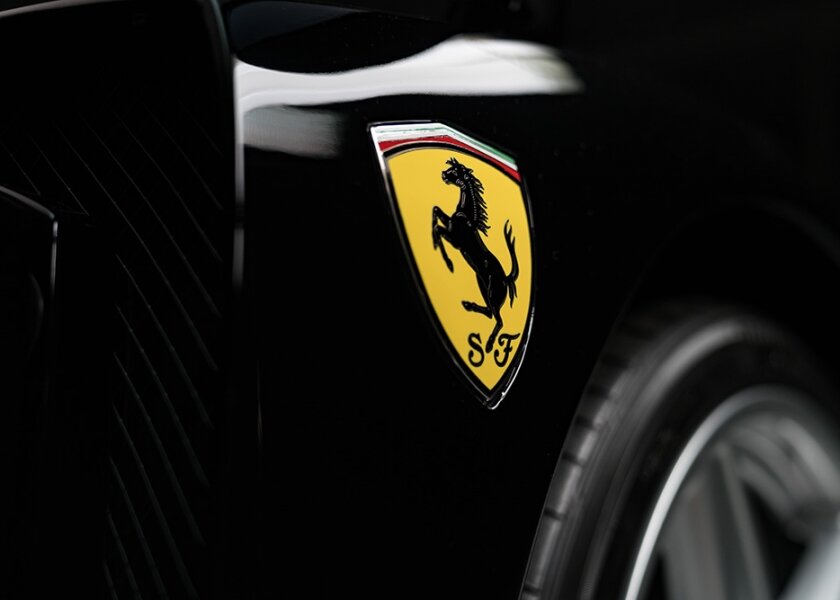
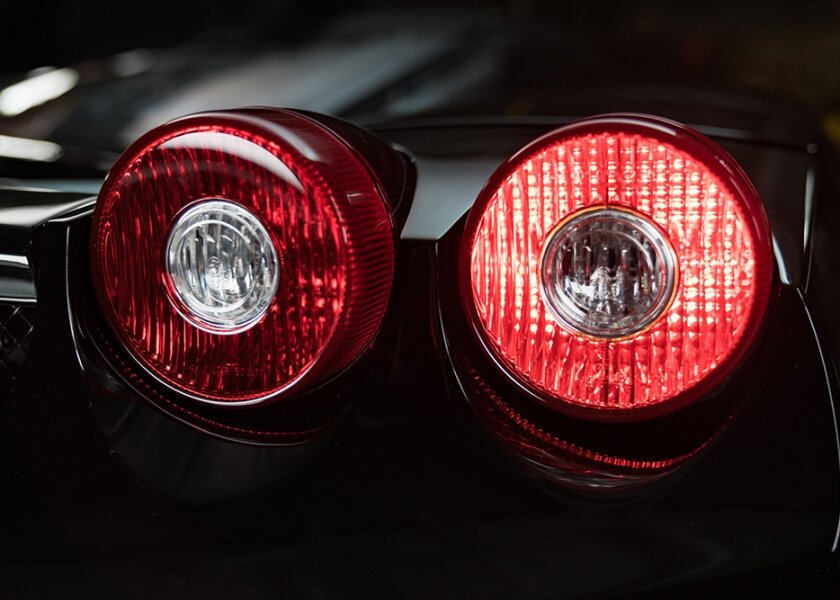
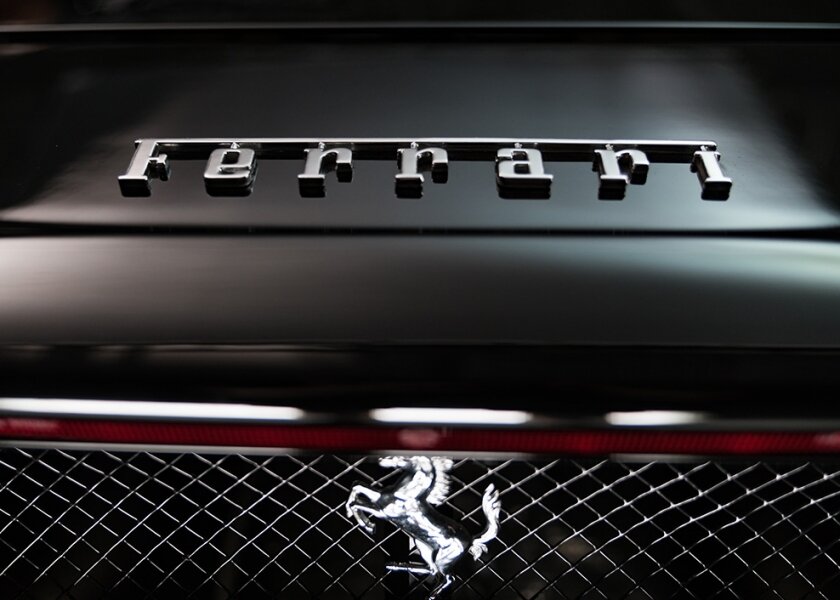
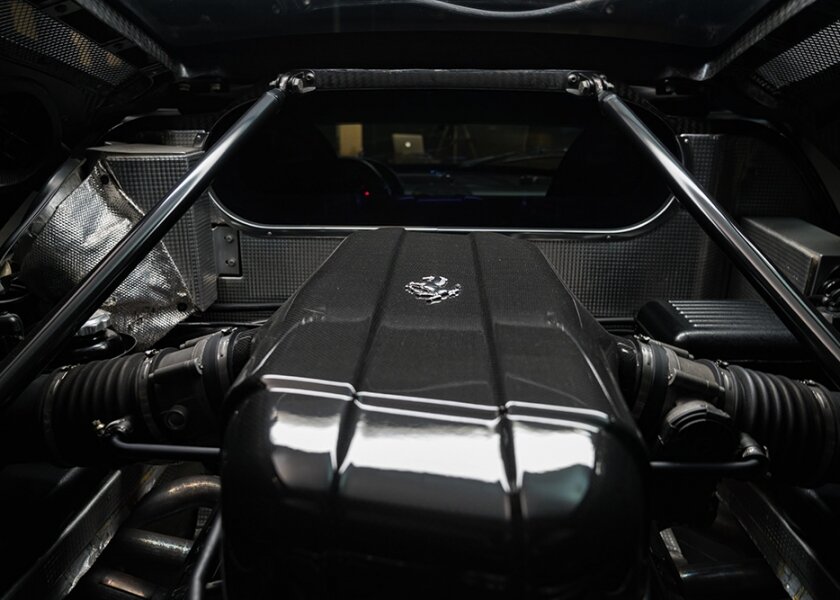
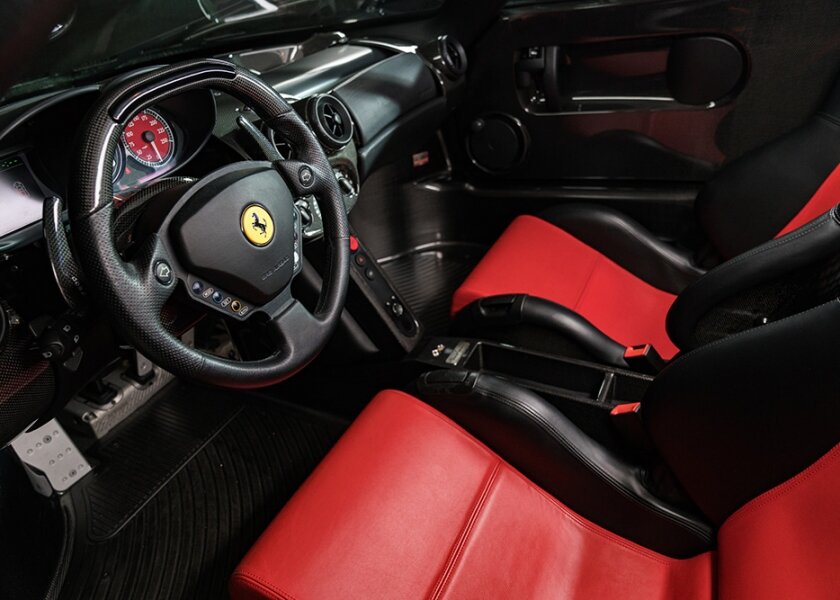
Specifications
Configuration: Longitudinal mid-engine
Engine: V12
Displacement: 366 cu. in/ 6.0L
Horsepower: 651 hp at 7,800 RPM
Torque: 485 lb. ft. at 5,500 RPM
Max RPM: 8,000 RPM
Transmission: Sequential shift 6-speed
A Little History
The Enzo was commissioned in celebration of the life and passion of Ferrari’s founder, Enzo Ferrari. It was designed following the same principles as its predecessors, the F40 and F50, but with a few key differences. Its body is made entirely of carbon fiber, it has the maximum horse power available, and retains the aerodynamic body type developed in Ferrari’s previous supercars. Like the F40 and F50, the Enzo sacrificed the luxuries of a radio, power windows, and door handles to achieve faster speeds. However, the Enzo, instead of taking the engine, aerodynamics, and drivetrain technology from Ferrari’s sports car racing program, took from the Formula-1 racecar program. For example, the Enzo uses a paddle-shift sequential transmission, as opposed to the conventional gated shifter, as seen in the F40 and F50.
The Design:
Interestingly, during its production, the Enzo shied away from the developing popularity of active-aero technology. Many of Ferrari’s competitors were turning towards utilizing electronically-controlled rear spoilers to create added downforce at higher speeds. Instead, Ferrari engineered the body of the Enzo to mimic the wind-tunnel results of Ferrari Formula-1 racecars, creating the same downforce through its structural design. The conically shaped nose of the Enzo mirrors, almost identically, the nosecone on the 1997 F310B Formula-1 car, currently on display. The difference is that because the Enzo is a street car, it could not have open wheels, so Ferrari had to take the downforce technology one step further. Ferrari added two air intakes on either side of the nose in order to force additional air through the radiator. The air flows through the radiators to help cool the engine, but is forced out of the ducts on the hood, instead of being dispersed throughout the engine compartment; it diverts out and over the front fenders in order to place natural downforce on the front axle.
The Enzo was one of the first supercars to have a completely flat undercarriage, further assisting with the aerodynamics. However, Ferrari was able to make the air pass so smoothly over both the top and bottom of the car that when it meets in the rear of the car, turbulence is created. When traveling at higher speeds, the turbulence can actually result in the rear of the car lifting off the ground, so Ferrari added two rear diffusers under the bumper to eliminate that possibility.
On the Track:
Though the Ferrari Enzo has never truly participated in the international race circuit, Ferrari did develop a track-only version of the Enzo for its most exclusive buyers, the FXX. It is the lighter, faster, and more powerful version of the Enzo. Original production began in 2005, and just 29 examples were made and sold to pre-selected past Ferrari customers. They paid over $1.5 million for the car, but were never allowed to accept delivery of them, as the cars are kept exclusively at the Ferrari factory in Maranello Italy, and the owners are only allowed to drive the car on special track days approved by Ferrari. It is suspected that Ferrari closely guards the FXX because the design of the car features even more shared Formula-1 technologies than the Enzo, and Ferrari does not want to make them available to rivals. It bears a 6.3L 789hp V12 engine with a 0-60 mph time of just 2.44 seconds, and a top speed of 214 mph.
Did you know?
This is Ferrari’s first supercar to utilize paddle shifters. All previous examples were manual, three-pedal cars.
The entire cockpit is designed so the driver can keep his eyes straight ahead and both hands on the wheel. All of the gauges are located centrally above the steering wheel so they can be monitored while still looking at the road. In keeping with this theme, they added paddle shifters so the driver does not need to break contact with the steering wheel in order to up- or down-shift.
Due to the free-flowing exhaust, the Enzo is easily the loudest car on display; it rattles windows when it starts up!
Only 350 Enzos were made. Of those, 126 were imported to the US. This is 1 of 12 total Enzos sold in black.



